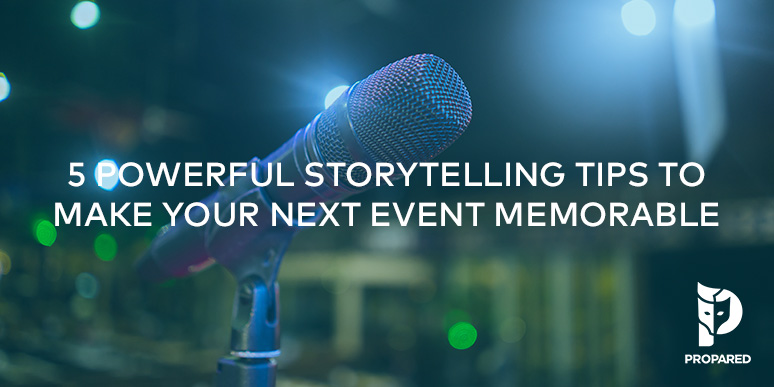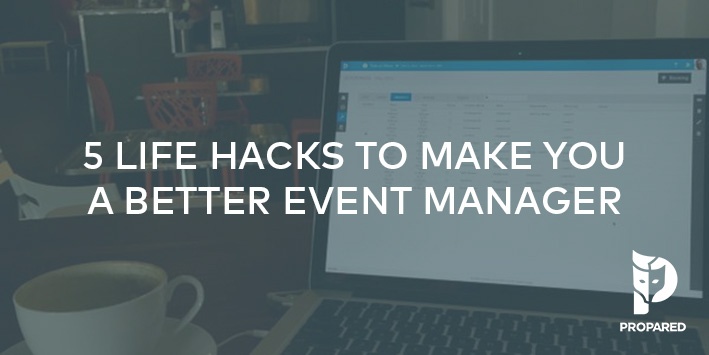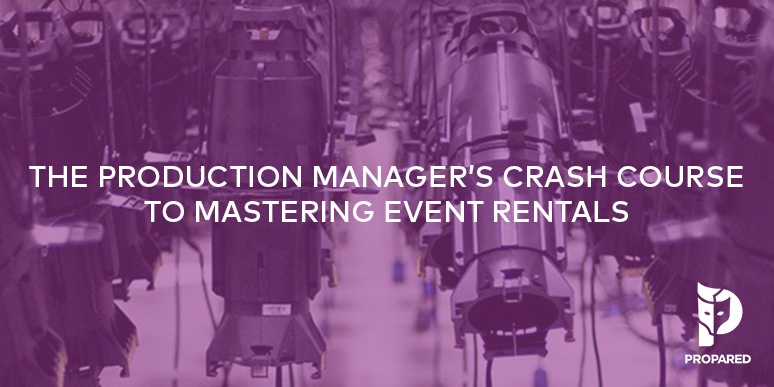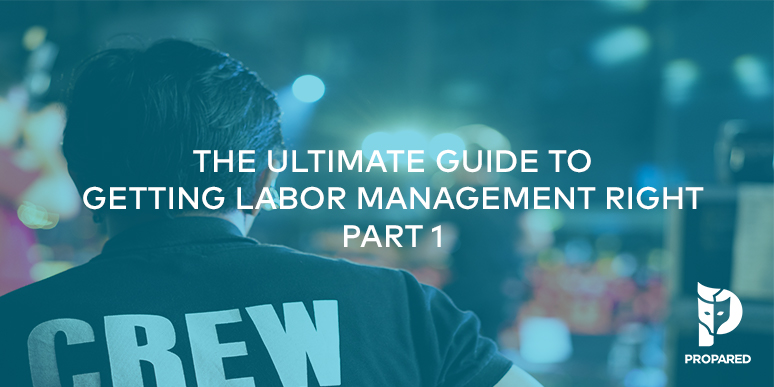
The best stories are compelling – they draw you in, pique your curiosity, create conflict, immerse you in the experience, and build to a resolution that is both cathartic and illuminating. Pretty exciting stuff, right?
Here’s the good news: event planners are storytellers. That’s right – if you plan, produce, or otherwise run live events, you are a storyteller. While you may not be shepherding the next Oscar winner or prepping for your Moth performance, you are creating a unique story of your own. Every decision a planner make impacts the experience the attendees have. As important as nailing an event’s logistics and scheduling is crafting this engaging and unique tale. One in which at the end, your attendees are driven, compelled even, to take action (an action that ideally has been defined by you client).
Here are 5 components of good storytelling that can make your next event memorable.
1. Open with a Bang
Good stories hook you right away. They grab your attention and raise the stakes, demanding you to invest in the teller’s journey.
The same can be said for an event. The first time an attendee engages, it needs to grab his or her attention immediately. Note that this does NOT necessarily mean the moment he or she arrives at the venue. It could be an email, newsletter, or social post.
Whatever the form, it needs to intrigue them, encourage them to lean in, and learn more. At the same time, it should set some form of expectation. What is the point of your event that makes it so dynamic, everyone MUST show up to see what happens?
2. Hands on the Wheel
Once you’ve hooked your audience, you’ve got to guide them to the end. And whatever goal you’ve set for the event. Don’t give them all the answers or beat them over the head with your (i.e. client’s) message. But know that all the parts of your event need to connect to one another. And the audience needs to feel this interconnection.
Do the travel pathways to the venue connect to the entrance? Does the initial check-in and registration flow into the main space? Is food served (passed, seated, buffet, etc.) at appropriate times? Is it clear to every guest at EVERY moment where they should be and what should be their focus? If the guests begin to feel lost in your event’s story, it becomes less likely they’ll take the action you want them to take.
3. Create an Immersive Experience
Ever heard of VAK? It sounds like a bit like what you might do if you had some bad shellfish. But it’s actually an acronym, meaning Visual, Auditory, and Kinesthetic. It refers to a learning-styles model used by psychologists and educators to determine students’ dominant preferences for absorbing and retaining material.
What better environment to holistically apply a VAK model than a live event?
Events naturally combine visual, auditory, and hands-on experiences to deepen attendee engagement and increase their retention. Your job as the planner is to determine how to combine these elements to evoke the mood you desire.
-
Lighting
Color Theory suggests your choice of lighting will have a significant effect on audience mood. Launching a line of spa and wellness products? Consider a lighting plot that evokes calm and serenity. Pay attention to color, intensity, light, and shade. Your grid will send visual cues to attendees that will draw their focus and elicit an emotional response.
-
Sound
What we hear can have a profound effect on our willingness to engage in an experience. In his TEDTalk, Julian Treasure demonstrates how different sounds can affect both our bodies and minds, even cause us to change our behavior. If you want your guests to talk to each other, maybe avoid the bass-thumping EDM music turned up to 11?
-
Food
Don’t get me wrong, your catering has got to be good. But how you serve is as important as what you serve. Dining can be intimate or casual, sit-down or mobile. No matter the form, it is always a tactile experience. If you’re catering complements the rest of the event’s flow and story, it will exponentially deepen audience engagement.
4. Open Up to Co-Creation
This may not be perfect for every event. But if possible, involve the audience in your client/brand story. Remember it is the audience’s engagement that is the ultimate measure of viability. If they don’t care about the featured product or service, it doesn’t matter what you think!
Design experiences that allow guests to interact with elements at the event. Remember VAK. If your client is launching a new line of touchscreen displays, can the guests use them? Are there samples that attendees can take away? Can they vote up or down on features or a product’s future development? Find logical ways to involve your guests in the story.
5. Don’t Meander to an Ending
Every part of a story is leading up to this moment – where the teller reveals the meaning of the story, resolves the central conflict, and gives the audience a powerful call-to-action after it’s over.
The same is true of events. Your attendees need to have a clear sense of:
-
The End
Don’t assume they’ll figure out when the festivities have come to a close. Make it clear.
-
Their Purpose
Will every attendee take the action you and your client want? Probably not. But every one of them should at least know what the action is.
Stories that simply fade, or limp towards a generic conclusion can undo all the good work you’ve done.Cross the finish line strong!
Good stories stay with us. They hold a powerful place in our memories and become a part of the retelling of our own personal journeys. Events can do the same thing. If you create a clear narrative, welcome your audience into the story, immerse them in the experience, and give them a clear, positive step to take at its conclusion, they’ll be talking about your event long after it ended.
What elements help you tell a compelling story in an event? Share your thoughts with us in the comments below.



